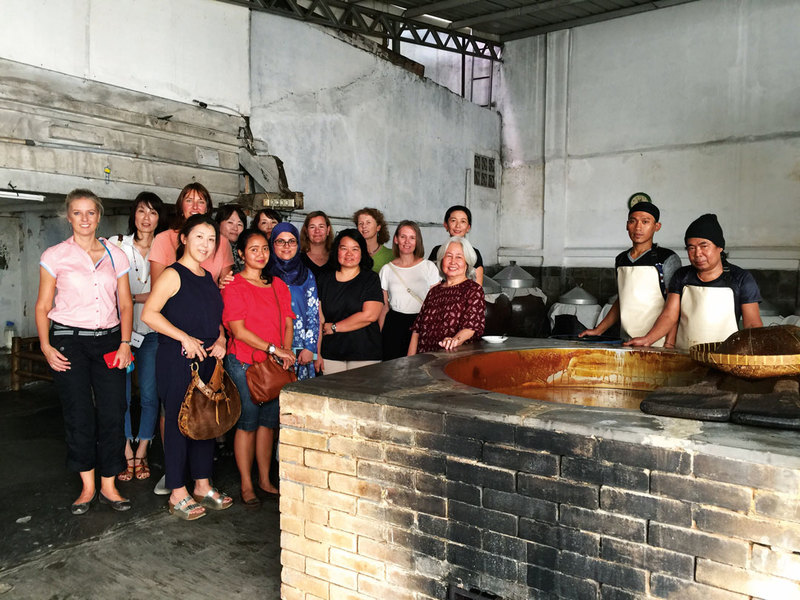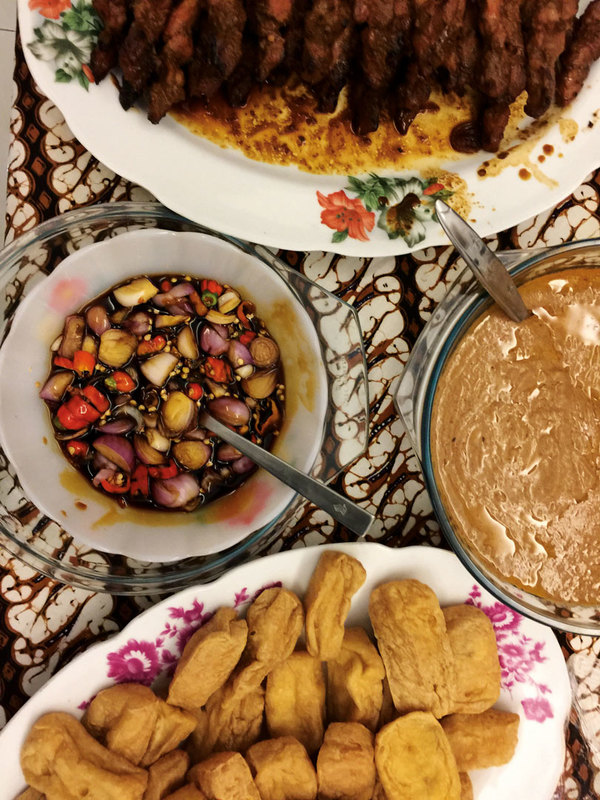If you like Indonesian cuisine, you almost have to like kecap manis, sweet soy sauce, the ubiquitous addition to everything from salad dressings, peanut sauces, sandwiches, scrambled eggs, grilled chicken, pork, beef, fish and everything else. A meal in Indonesia is virtually incomplete without it. It is so versatile you can add it to nearly everything.

Kecap manis has been popular here for, well, a really long time. It’s the most widely used condiment in the country. So much so that over 90% of soy sauce produced in Indonesia goes towards making it. The city of Majalengka alone used to have 300 different local vendors with their own versions and distinct flavours.
But when large companies began mass-producing kecap manis, local producers couldn’t compete with their advertising power. As a result, many family-run businesses who had made it for generations were forced out of business. In addition, the vast variety of kecap manis sauces dwindled to a small handful of brands and the unique local variations were largely lost.

However, thanks to the small and dedicated devotees of kecap manis at Kecap 7 in Jakarta, you can still experience how the sauce was prepared many years ago. You can even visit the simple factory, have a guided tour, and take home a free bottle. Not only is Kecap 7 free of the junk ingredients and preservatives found in other versions, it also tastes much better.
The company’s location was already designed as a soy sauce house-factory by the previous owner when it was purchased in 1961 by Ibu Corry Ambar and family. Ibu Corry then began producing her own kecap manis under the name Kecap Septo Delee, or Seven Beans Kecap. Eventually the family introduced Kecap 7 as their commercial name.
Production of Kecap 7is now managed by a second generation and Ibu Maria Triningsih using old school methods and distributed to several restaurants and small general stores in Jakarta’s traditional markets.
The method for making kecap manis is much like a balsamic vinegar reduction wherein the ingredients are slowly simmered until the sauce naturally thickens into a syrupy consistency. Traditionally palm/coconut sugar is used to add deep caramel and butterscotch undertones. Its thick and dark molasses-like texture with palm sugar and soy sauce as its base often includes aromatic spices for flavour.
For a real taste of old school Indonesia in Jakarta, Visit Kecap 7’s house-factory and experience a time when kecap manis was made by hand and slowly produced with pride and enjoyed for generations before modern-day production methods almost phased it out.
Kecap 7
Jalan Kaji No. 34
T: +62 21 632 7963
IG: @kecapseptodelee
www.kecap7.com







